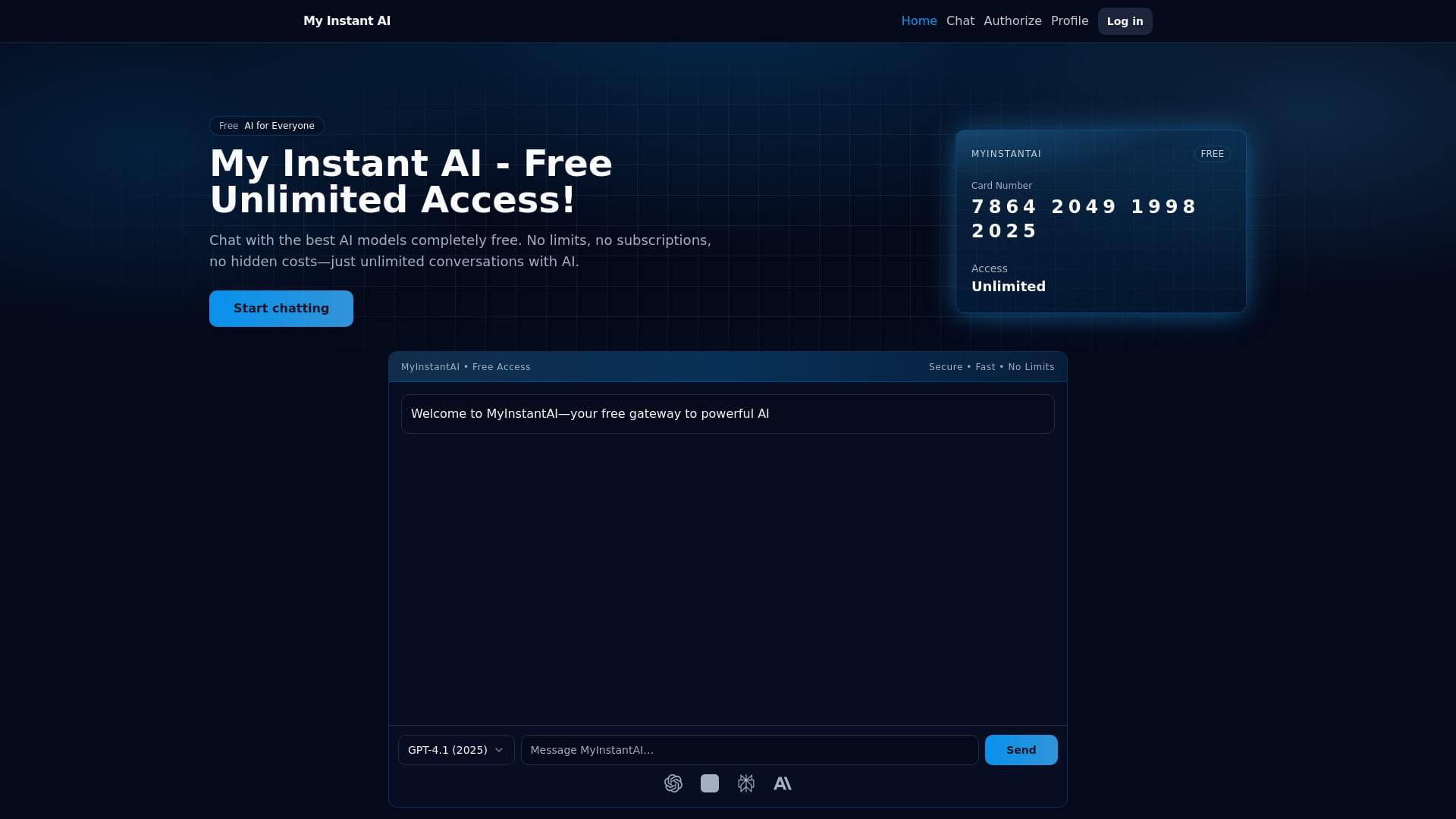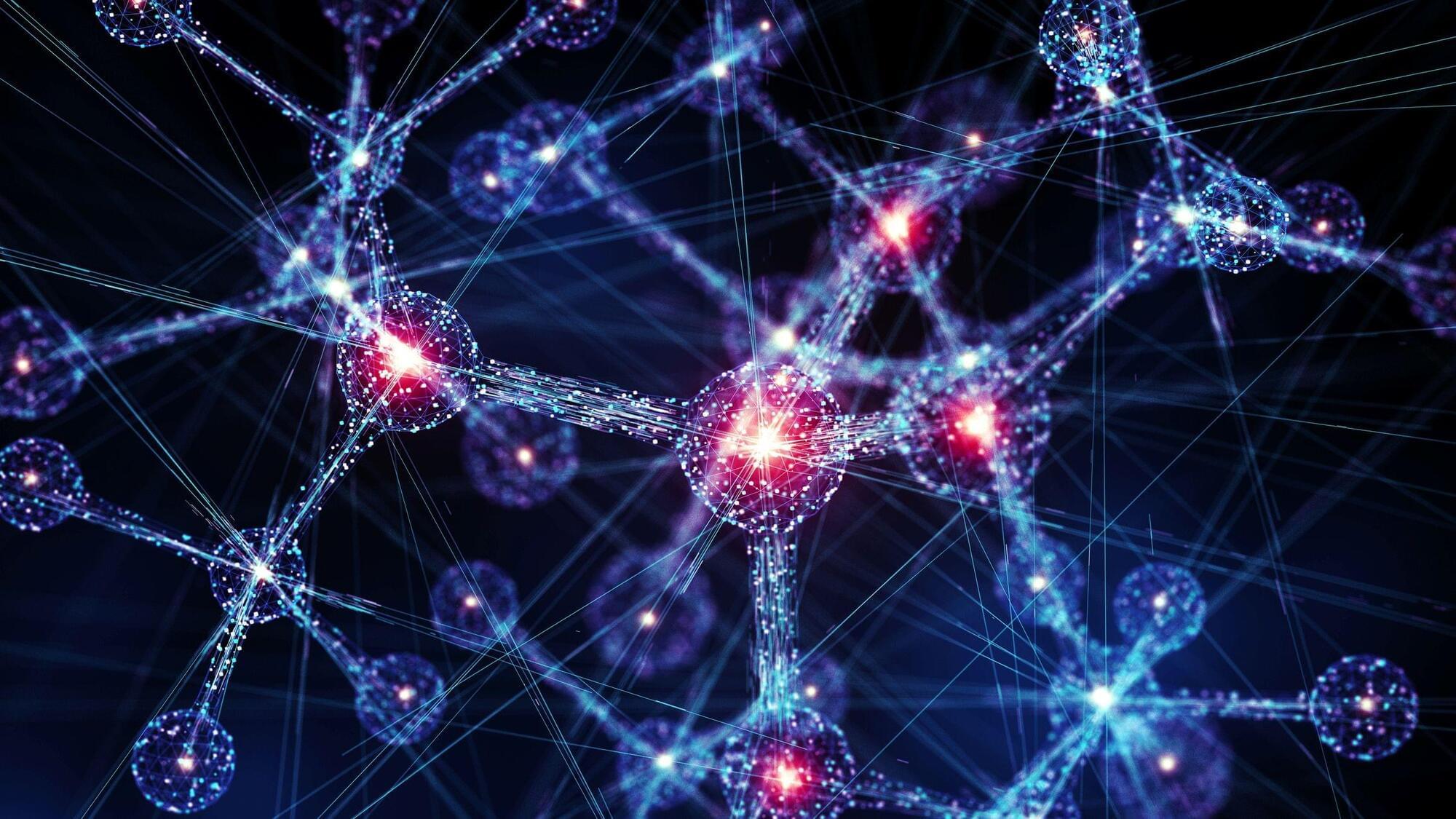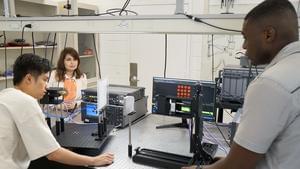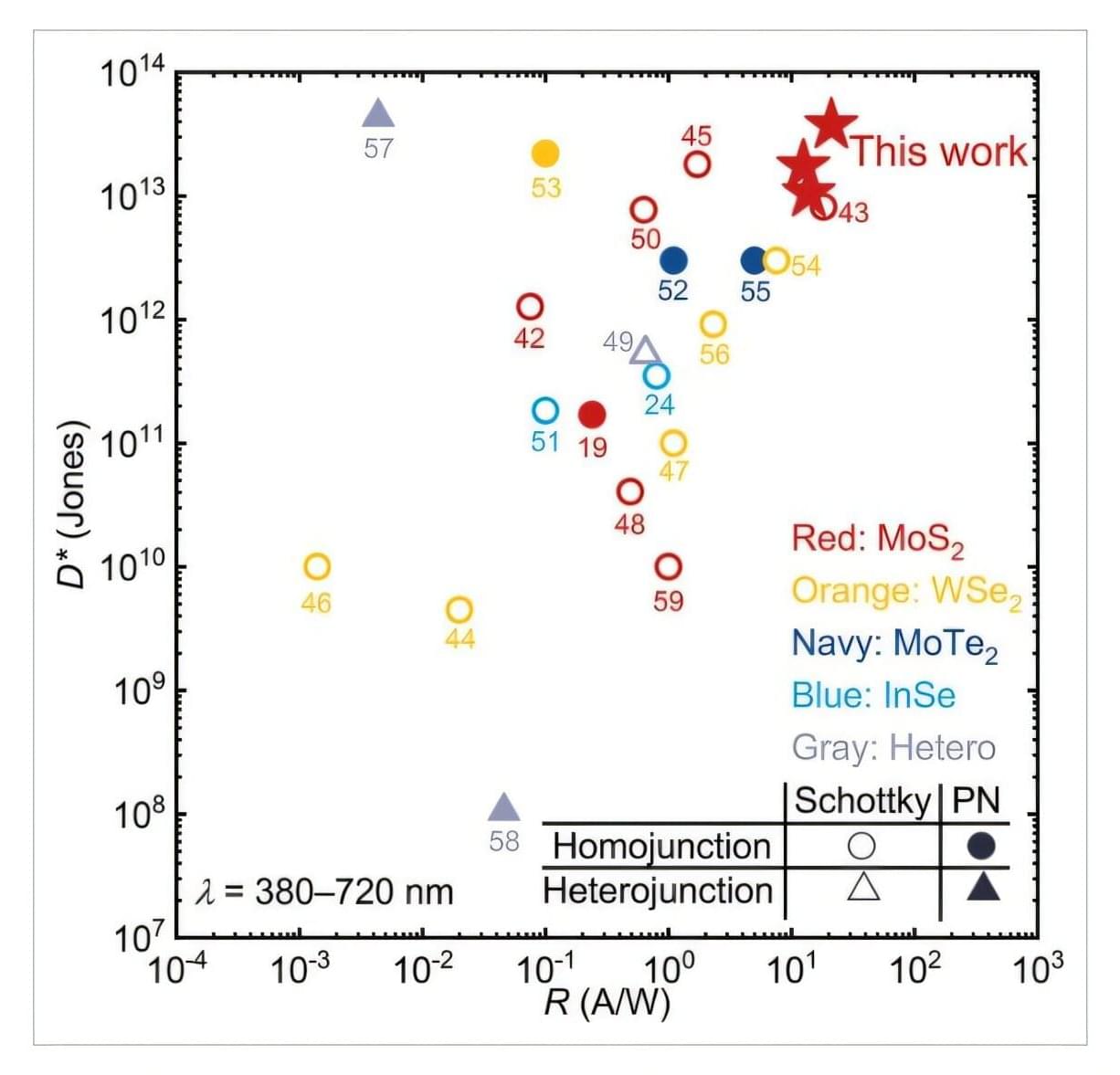Julia McCoy
Category: robotics/AI – Page 76



Generative AI models build new antibiotics starting from a single atom
Researchers have tapped into the power of generative artificial intelligence to aid them in the fight against one of humanity’s most pernicious foes: antibiotic-resistant bacteria. | Researchers have tapped into the power of generative artificial intelligence to aid them in the fight against one of humanity’s most pernicious foes: antibiotic-resistant bacteria. Using a model trained on a library of about 40,000 chemicals, scientists were able to build never-before-seen antibiotics that killed two of the most notorious multidrug-resistant bacteria on earth.


Researchers send a wireless curveball to deliver massive amounts of data
Ultrahigh frequency bandwidths are easily blocked by objects, so users can lose transmissions walking between rooms or even passing a bookcase. Now, researchers at Princeton engineering have developed a machine-learning system that could allow ultrahigh frequency transmissions to dodge those obstacles.



Self-powered photodetector achieves 20-fold sensitivity boost using novel device structure
Silicon semiconductors used in existing photodetectors have low light responsivity, and the two-dimensional semiconductor MoS₂ (molybdenum disulfide) is so thin that doping processes to control its electrical properties are difficult, limiting the realization of high-performance photodetectors.
A KAIST research team has overcome this technical limitation and developed the world’s highest-performing self-powered photodetector, which operates without electricity in environments with a light source. This paves the way for precise sensing without batteries in wearable devices, biosignal monitoring, IoT devices, autonomous vehicles, and robots, as long as a light source is present.
Professor Kayoung Lee’s research team from the School of Electrical Engineering developed the self-powered photodetector, which demonstrated a sensitivity up to 20 times higher than existing products, marking the highest performance level among comparable technologies reported to date. The work is published in the journal Advanced Functional Materials.

AI Revolution Could Require Us to Re-Think Money Entirely
It’s the defining technology of an era. But just how artificial intelligence (AI) will end up shaping our future remains a controversial question.
For techno-optimists, who see the technology improving our lives, it heralds a future of material abundance.
That outcome is far from guaranteed. But even if AI’s technical promise is realised – and with it, once intractable problems are solved – how will that abundance be used?